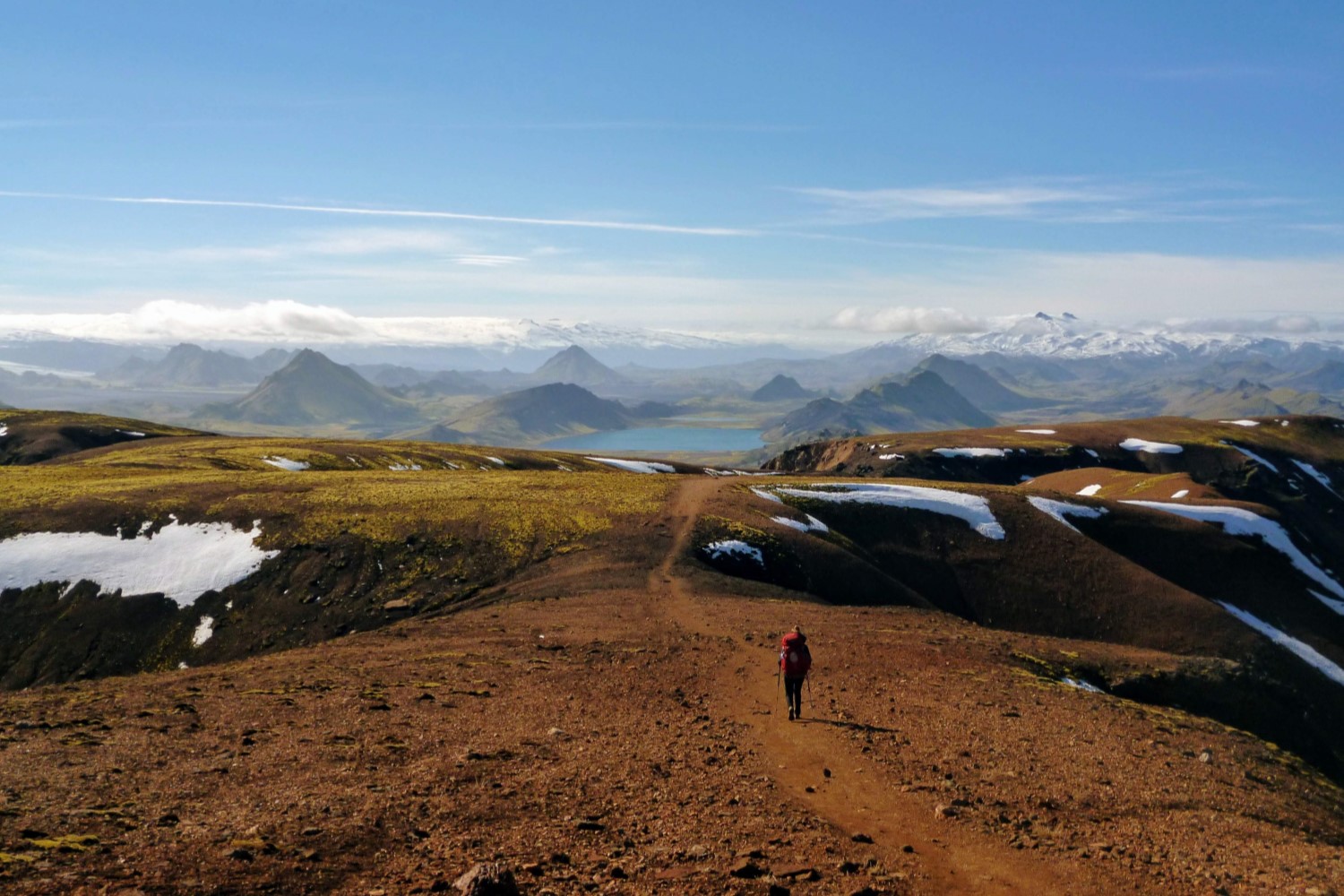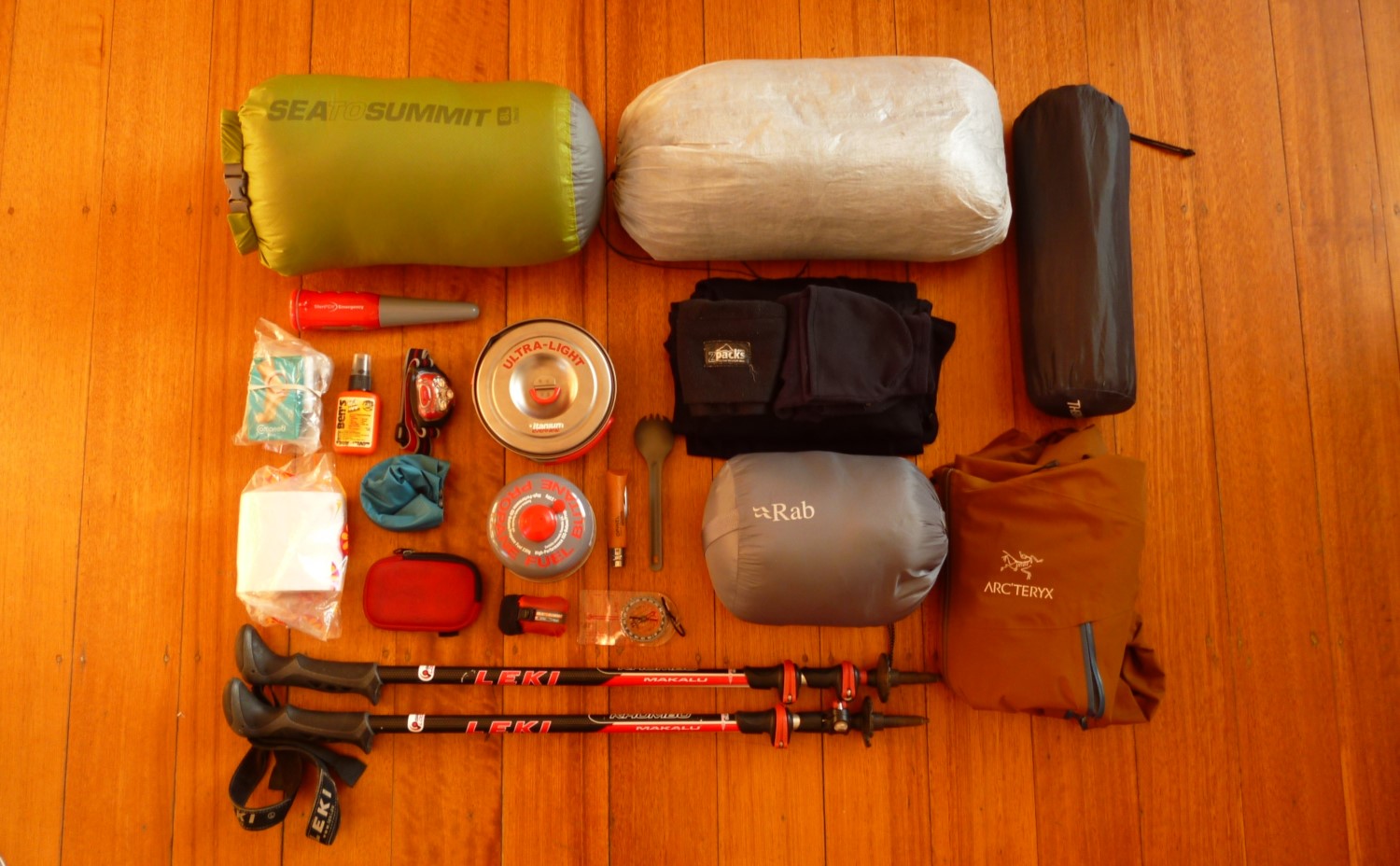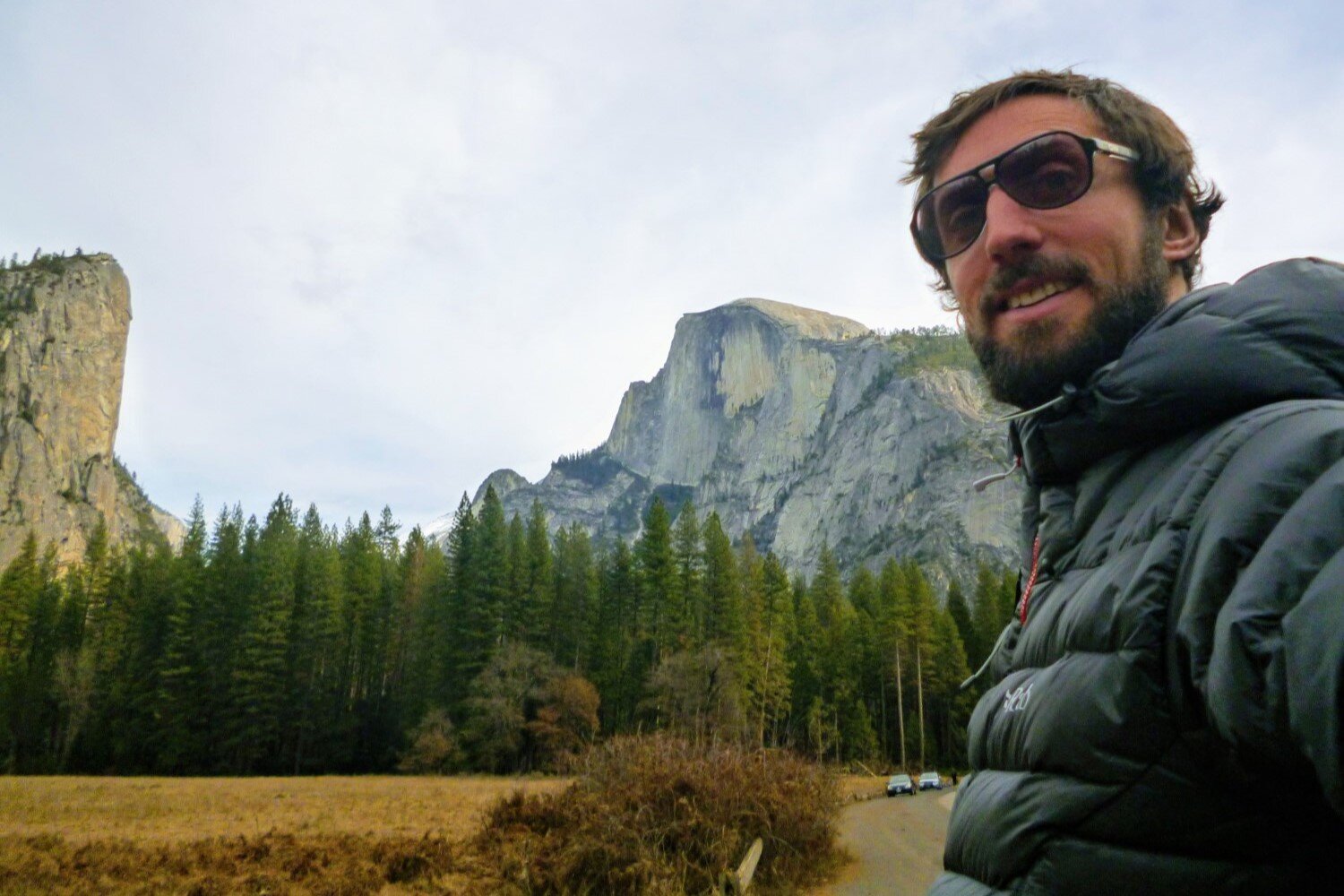Hiking vs Trekking vs Backpacking — WTF is the difference?
JUMP TO: DOES IT MATTER? / HIKING / TREKKING / BACKPACKING / SUB-CLASSES OF BACKPACKING / GEOGRAPHICAL QUIRKS / CONCLUSIONS
Author: Sam Brilleman
To many it may seem like a mute point, worthy of little discussion. But to others, it can be confusing and annoying.
The terms hiking, trekking, and backpacking, appear in numerous places throughout the online world — and it often seems as though they are being used interchangeably. So, are they all just the same thing? Or are they actually referring to different activities?
Well, differences do exist. But, then again, so do many similarities!
The goal of this article is to try and explain those differences and similarities with a bit of explicit detail, so that you can begin to navigate the terminology with some clarity.
Does this even matter?
Well for the most part… No, it doesn’t.
The main goal of all these activities — hiking, trekking, and backpacking — is to get you out walking amongst nature. So there’s no reason for us to sweat the terminology and all the more reason for us to just get out walking (…or should I say hiking?).
Nonetheless shifting terminology can be frustrating. So let’s get to grips with it.
Which are the flapjacks? … Well,that depends on which country you are in.
Hiking Is King!
The US dictionary defines a hike as “a long walk especially for pleasure or exercise”.
The UK dictionary defines a hike as “a long walk, especially in the countryside” (I can almost see the British countryside as I read this definition!).
Wikipedia — in its attempt to disambiguate the term “hike” — defines hiking as “walking lengthy distances in the countryside or wilderness”.
We can start to see the common thread here. If you are in the countryside or wilderness and you are walking a long way, then you are probably hiking!
Hence why I say…
Hiking is an all encompassing term that covers all types of walking in the wilderness.
because all of the other activities that involve walking in the countryside or wilderness — think trekking, backpacking, thru-hiking, section-hiking — are simply special classes of hiking.
Hiking vs Trekking
Trekking is used to refer to a special class of hiking that is more physically strenuous and mentally demanding than most hiking trips.
The US dictionary defines a trek as “involving difficulties or complex organization, an arduous journey”.
The UK dictionary defines a trek as “a long walk over land such as hills, mountains, or forests”.
These are both in line with the general consensus — that a trek is a long hard hike, involving some difficult terrain. (In comparison, a hike that is not a trek may involve flat easy terrain in the countryside).
There are also some geographical nuances to consider. The term trekking is widely used in Asia, particularly to refer to long multi-day hikes in the Himalayan mountains (e.g. Nepal) or the jungles of Southeast Asia (e.g. Borneo or Indonesia). Many tourism operators in these regions provide “trekking” experiences that involve additional services: for example, accommodation at tea houses or bungalows, guides, and perhaps porters to carry your equipment.
These characteristics sometimes help to distinguish “trekking” (particularly common in Asia) from “backpacking” (particularly common in North America). However, some individuals might carry their own gear on a trekking trip.
On a “jungle trek” in Laos — the term trekking is far more common in Asia, particularly for referring to hikes in the Himalayan mountains or in jungles.
Hiking vs Backpacking
Whilst “trekking” is more widely used to refer to long arduous hikes in the Himalayan mountains or jungles of Southeast Asia, the term “backpacking” is more widely used to refer to long arduous hikes in North America.
We mentioned that trekking, particularly in Asia, might involve porters carrying your equipment or providing services. Backpacking trips are quite the opposite.
In it’s most general sense, backpacking refers to a special class of hiking where the hiker carries all the equipment they need for survival in their backpack. This often includes shelter, sleeping systems, cooking apparatus, food, water, and more.
Because of the nature of backpacking, it must include hiking for at least two days or longer. That is, a backpacking trip involves a "multi-day hike”. However, the duration of a backpacking trip can vary dramatically. Some backpacking trips may last for only a few days, whilst others may last for several months.
Backpacking requires you to carry all of the gear you need to survive out in the wilderness! — This photo shows most of the gear I take on a backpacking trip.
Part of the fun of going on a backpacking trip is planning exactly what gear is necessary for your trip and then using that gear to support your existence whilst in the wilderness. Since a backpack can’t hold much (relative to the luxuries that exist at home) the simplicity of your existence whilst on a backpacking trip is part of its joy. The same needn’t be true for a day-hike, where you can easily return to the luxuries of civilisation by nightfall.
You can see how in some situations trekking and backpacking could be used interchangeably. Both trekking and backpacking refer to long arduous hikes on which you are carrying your own gear.
Often the chosen terminology just depends on which geographical region the hike is in or the nationality of the person describing it.
The Laugavegur Trail — a journey I’ve seen described as hiking, trekking, and backpacking! Keen to check it out — see our epic Laugavegur Trail Guide.
Some special “sub-classes” of backpacking
If you start reading material from North America — particularly related to backpacking gear or backpacking trips — then you may encounter two other special sub-classes of backpacking: thru-hiking and section-hiking.
To make sure that we leave no stone unturned, let us describe them now.
THRU-HIKER
A thru-hiker is someone completing a really really long backpacking trip that often takes months to complete. The term is most widely used in North America, although it is slowly beginning to be used more widely around the globe.
Because they have such long distances to travel (sometimes thousands of miles!) a thru-hiker usually carries a very lightweight backpack, achieved by minimising what they choose to carry as well as making the most of innovative materials and designs for backpacking gear.
Although lightweight and ultralight backpacking gear is most popular amongst thru-hikers, it should in fact be used by all backpackers. Less weight in your backpack means that your hike will be both safer and more enjoyable!
If you’re interested in reading about some of the most epic lightweight and ultralight backpacking gear currently available, then be sure to check out our backpacking gear reviews or our ultimate backpacking gear list.
SECTION HIKER
A section hiker is someone who is completing a thru-hike one section at a time. In between each section they will likely go off and do other — non-hiking related — activities.
So in essence these categories capture a hardcore hiker doing a f**king long backpacking trip.
Grandma Gatewood (1887-1973) was a legendary thru-hiker, famous for hiking the 2,168 mile Appalachian Trail with nothing but a small sack over her shoulder — suffice to say she was a pioneer of ultralight backpacking!
Some geographical quirks
But we haven’t finished just yet! There are a few other, less widely used terms, that you may be interested in getting familiar with (depending on where you plan to hike):
Tramping: The term tramping is unique to New Zealand. It is used to refer to hiking in the bush, and generally conveys the image of a hard hike in dense New Zealand bush. It is usually only used to refer to overnight or longer hikes, but some people might occasionally use it to refer to a hard day-hike.
Bush-walking: The term bush-walking is unique to Australia. It is basically used interchangeably with “hiking”.
Rambling: The term rambling is sometimes used in the UK. It is basically the same as hiking. But this term is pretty rare now, you’d likely only hear your grandmother using it.
Farm animals — they are a pretty typical sight when “rambling” in the UK.
Conclusions
So there you have it! A summary of the differences and similarities between the different classes of walking in the wilderness.
The take home messages are:
Hiking is King. It encompasses all forms of walking in the countryside or wilderness (including day hikes and multi-day hikes).
Backpacking is overnight or multi-day hiking with all your gear carried in a backpack. This term is common in North America.
Trekking is a long arduous hike, either carrying your own gear or having someone else do it. This term is common in Asia.
Thru-hiking is a f**king crazy long hike with all your gear carried in a backpack.
ONE FINAL THOUGHT
Since we are now familiar with hiking in general, as well as several special classes of hiking, it might be worth asking…
When are we NOT hiking?
Well, from the definitions of hiking given above, we can see three potential reasons we might not be hiking:
we are not in the countryside or wilderness (e.g. walking to our local coffee shop for a cappuccino)
we are not going a long way (e.g. walking the short distance between our tent and the bush to take a tinkle)
we are not walking
It is this last point that helps to distinguish hiking from several other human-powered adventure activities that are equally as epic, such as…
MOUNTAINEERING
This involves wearing crampons on our boots, as well as the use of other technical equipment such as ropes, harnesses, or ladders. It can also involve climbing. So for the majority of the time mountaineering is not simply walking.
Hence mountaineering is not hiking.
ROCK CLIMBING
Sometimes we will be hiking the approach trail to the base of a climb. But once we are on the wall, hanging on for dear life with hands and feet, we are no longer walking.
Hence rock climbing is not hiking.
BIKEPACKING
This often involves travelling long distances in the countryside or wilderness. But on a bike, not walking.
Hence bikepacking is not hiking.
Bikepacking — it may not be hiking but it’s still f**king epic.
MORE INFORMATION
If you loved this article, then you'll likely love reading about some of our other backpacking tips:
Or perhaps check out our Gear Reviews page or our hiking Destination Guides.
Whatever you decide, happy hiking and take care out there in the wild!
Tramping (?) our way to Mueller Hut in the Mt Cook / Aoraki National Park in New Zealand.






















